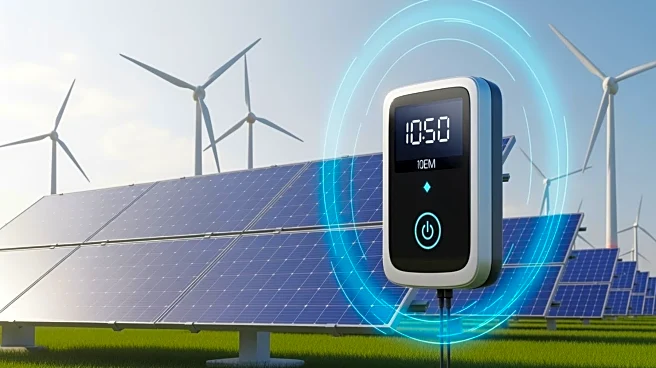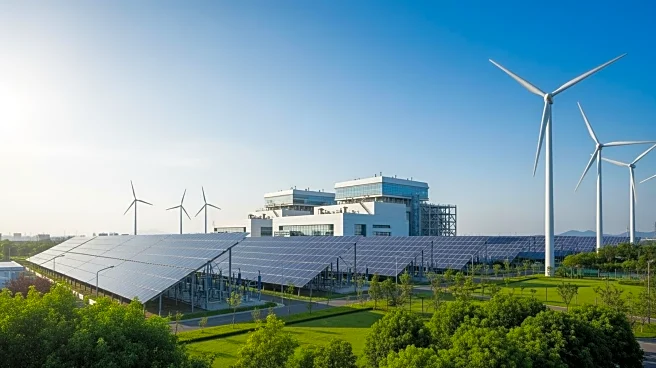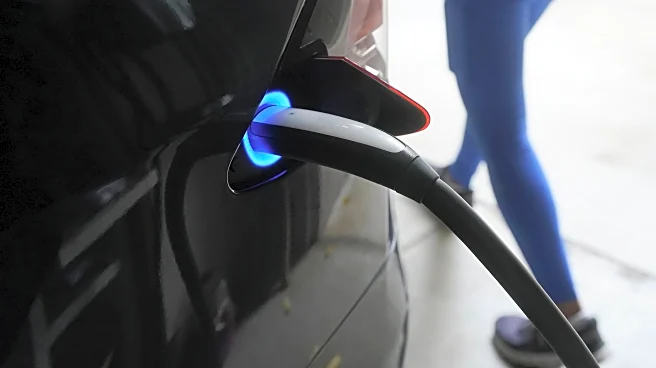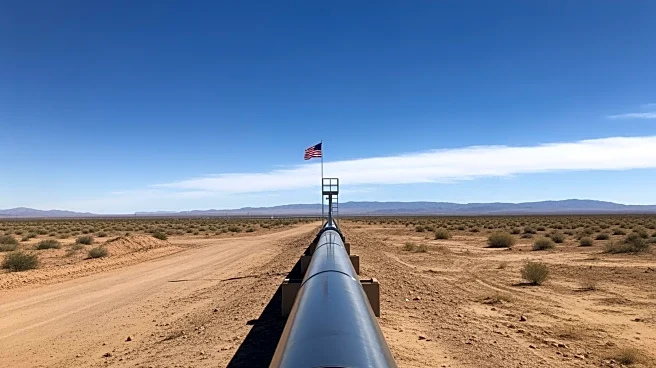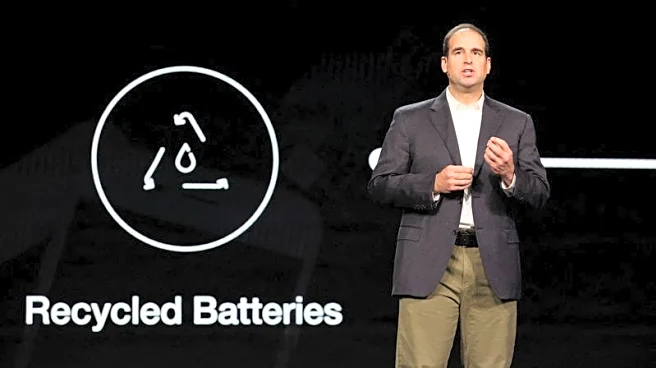What's Happening?
Utilities across the United States are increasingly focusing on energy efficiency as a strategy to manage rising electricity demand and costs. With data centers, manufacturing, and electrification contributing to a 24/7 load growth, the U.S. Energy Information
Administration projects a 25% increase in electricity demand by 2030 and a 78% increase by 2050. This surge in demand is expected to lead to residential electricity rate increases of 15-40% by 2030, potentially doubling by 2050 for some utilities. To address these challenges, utilities are turning to energy efficiency programs as a cost-effective way to reduce grid pressure and maintain affordability. These programs not only help in managing demand but also provide measurable benefits to customers, such as lower bill increases during peak demand periods.
Why It's Important?
The emphasis on energy efficiency is crucial as it offers a sustainable solution to the growing electricity demand without resorting to expensive infrastructure upgrades. By implementing demand-side management strategies, utilities can manage localized load growth and avoid costly investments in new substations. This approach not only helps in stabilizing the grid but also supports better system operations by reducing the risk of capacity shortfalls. Moreover, energy efficiency programs can build customer trust by offering personalized and educational engagement, helping customers adapt to policy changes and optimize their energy usage. This is particularly important as federal rollbacks and funding shifts create uncertainty in the energy sector.
What's Next?
Utilities are expected to deepen collaborations with state energy offices, local governments, and community-based programs to bridge funding gaps and extend the reach of energy efficiency initiatives. By investing in the trade ally ecosystem and prioritizing low-income households, utilities can amplify the impact of these programs and meet equity and affordability goals. The integration of energy efficiency with demand response and flexible load solutions will form a grid-integrated asset that delivers both short-term demand flexibility and long-term load reduction, helping utilities avoid expensive new generation and infrastructure investments.
Beyond the Headlines
Energy efficiency not only reduces demand and costs but also fuels local economies by involving contractors and vendors in efficiency programs. This economic activity generates ripple effects that benefit entire communities. As utilities navigate a fast-changing energy landscape, efficiency offers a data-driven path forward, supporting grid reliability and building customer trust.
